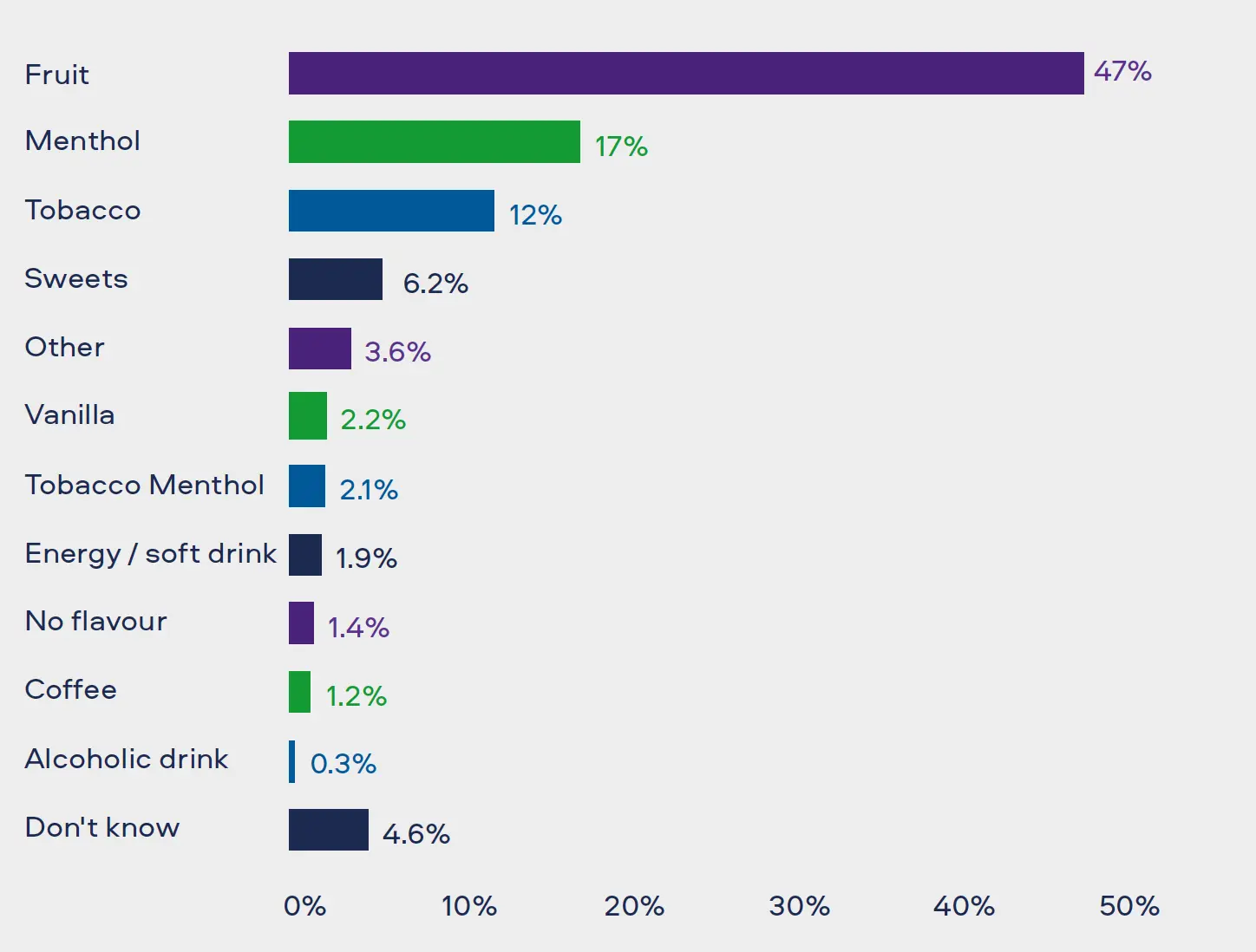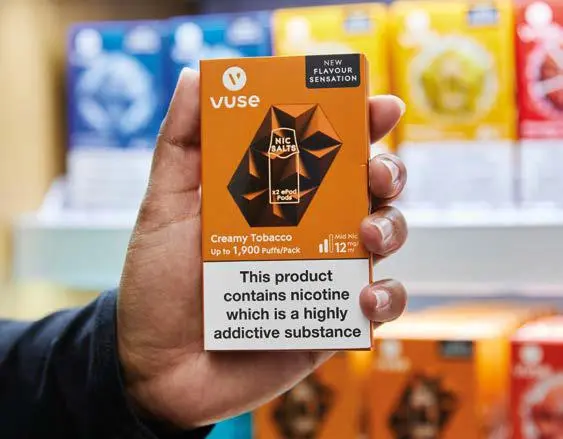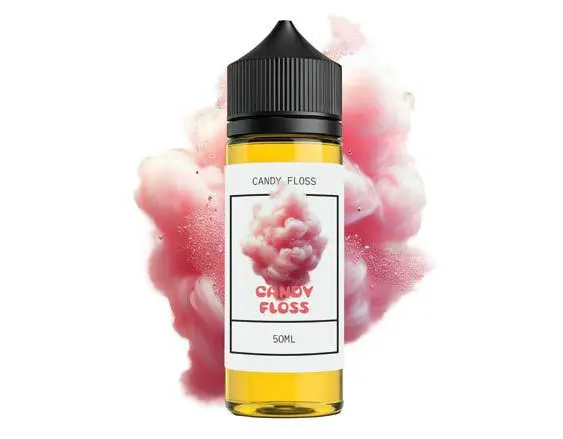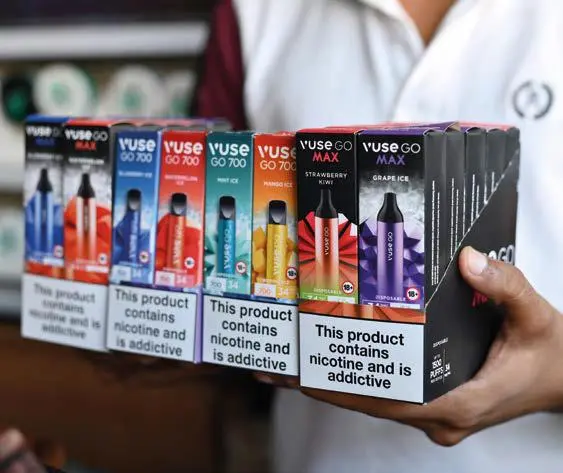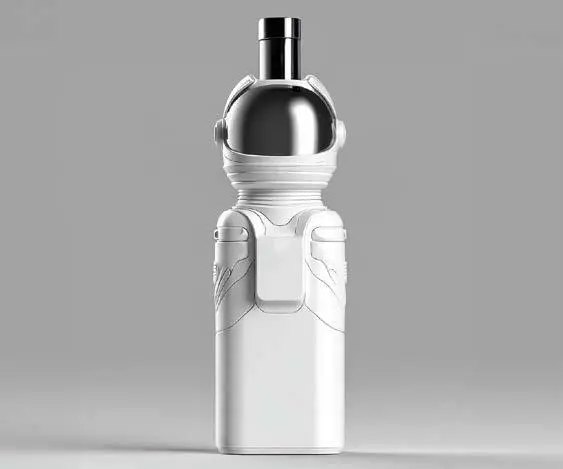Big Question 9 - What is the Role of Flavours in Smokeless Products and THR?
KEY SUMMARY POINTS
01
Menthol and fruit flavours are fundamental for adult smokers switching to Smokeless Products with >70% of use in these flavours.[1,2]
02
Flavours, packaging and descriptors that predominantly appeal to the underaged should be banned.
03
Retail enforcement and education is key to ensure the underaged can neither access these products nor use them through social sharing.
Giving adult smokers, who would otherwise continue to smoke, access to satisfying Smokeless Products can be achieved while preventing underage access and usage of these products.
Flavours play a role in all consumer goods products from food through beverages, and tobacco and nicotine products are no different. The flavours in Smokeless Products are used for differentiation to meet different adult consumers’ preferences and to provide sensorial satisfaction.
We believe there is a clear pathway forward to use flavours that further encourage adult smokers to switch and that do not predominantly appeal to the underaged[4]:
- Flavours must be adult orientated (Figure 1)
- Flavours must be safe for consumption
- Flavours must have factual-style, adult-orientated descriptors
- Flavours must have adult-orientated packaging
- Retail enforcement is required to prevent underage access


